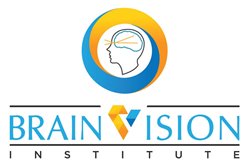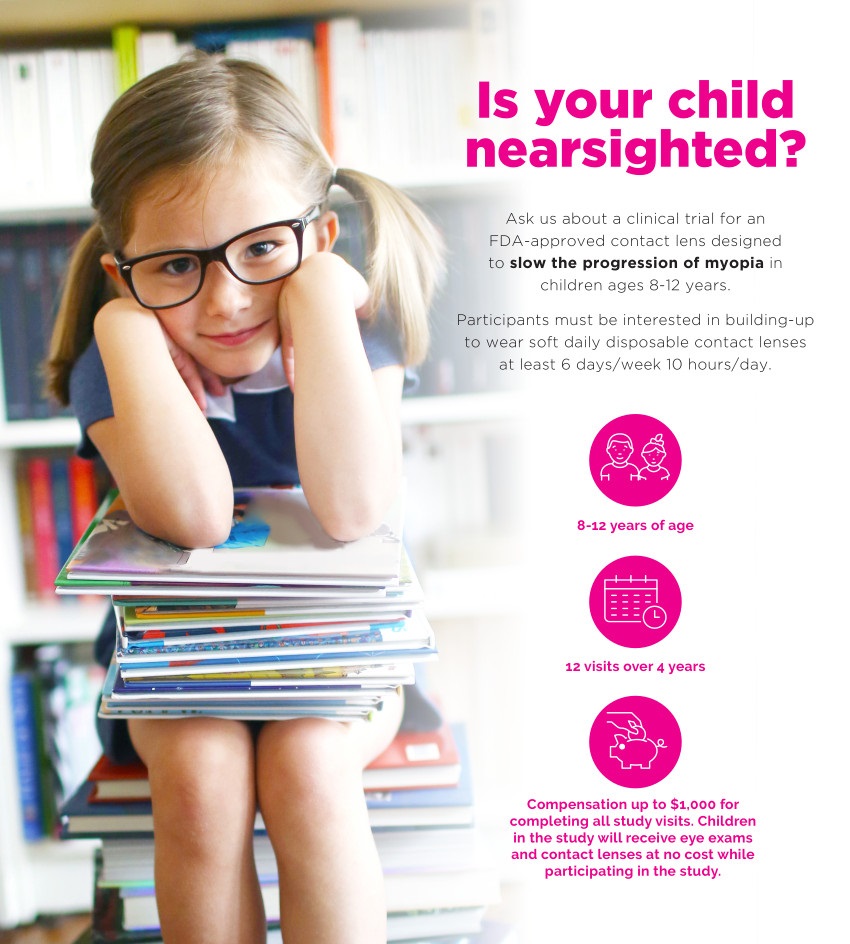
Diagnosed With Sinus Headaches? It Could Be Your Vision
Many people who think they have sinus headaches—characterized by pain, pressure around the eye area, cheeks, or forehead—actually have binocular vision dysfunction (BVD), a misalignment of the eyes.
Anything that prevents our eyes from focusing properly—especially eye muscle strain—can produce headaches, dizziness, blurred vision and reading difficulties.
If you’ve tried headache treatments without success, it may be time to book a consultation with a neuro-optometrist.
Binocular Vision Dysfunction (BVD)
The extraocular muscles enable the eyes to look up, down and side to side. They control the eyes by responding to brain signals and focus both eyes in the same direction. Fusion—when eyes are perfectly aligned—allows both eyes to send one clear, single image to the brain.
Binocular vision dysfunction (BVD) occurs when the eyes are misaligned. This misalignment doesn’t allow the brain to fuse the two different images the eyes are sending into one clear image. This often results in double vision or eye strain. This misalignment of the eyes can also lead to vertigo, headaches, and even what may appear to be sinus headaches.
Vertical Heterophoria
Vertical heterophoria, the most prevalent type of BVD, is a condition where the eyes aren’t aligned vertically. For some, one eye may be physically higher than the other. Extraocular muscles in the eyes of VH patients can get overused as they attempt to align the eyes (fusion) and avoid double vision. The overworked muscles get tired and stressed over time, resulting in VH symptoms, such as temple pain, lightheadedness, blurred vision, headaches, and dizziness.
VH patients may experience other symptoms, including:
Pain – Headaches, particularly around the eyes, the forehead, the temples, and the sinuses (may feels similar to a sinus headache). Pain may also occur while moving your eyes, neck and upper back, and when turning your head.
Visual symptoms – Sensitivity to glare or light; shadowed or overlapping vision.
Reading problems – Problems with reading comprehension, losing one’s place while reading, words jumping on the page, difficulty concentrating on text. When these symptoms are found in children they are sometimes misdiagnosed as ADD/ADHD.
Vestibular symptoms – Motion sickness, nausea, poor depth perception, drifting to one side when walking.
Psychological symptoms – Anxiety in high-ceilinged venues, such as big-box stores or shopping malls; feeling worried or overwhelmed in a large crowd. These signs and symptoms may be confused with [generalized] anxiety disorder or agoraphobia.
Treatment for BVD
To treat BVD, your eye doctor will perform a neurovisual exam that will specifically look for slight visual misalignments associated with BVD. If a misalignment is detected, your eye doctor will prescribe prisms to be added to the lenses of your glasses.
Prismatic glasses adjust the two images perceived by the eyes, allowing fusion to occur without overworking the extraocular muscles. This should considerably reduce blurred vision, dizziness, headaches and associated symptoms.
At Brain Vision Institute our eye doctors have been diagnosing, treating and improving the lives of our patients for years. We provide a wide range of services to ensure visual comfort, including custom prismatic glasses and multifocal contact lenses. Schedule a comprehensive eye exam with Brain Vision Institute and say goodbye to your ‘sinus’ headaches forever.
Brain Vision Institute serves patients from Northwest Suburbs of Chicago, South Barrington, Hoffman Estates, and Arlington Heights, all throughout Illinois.

